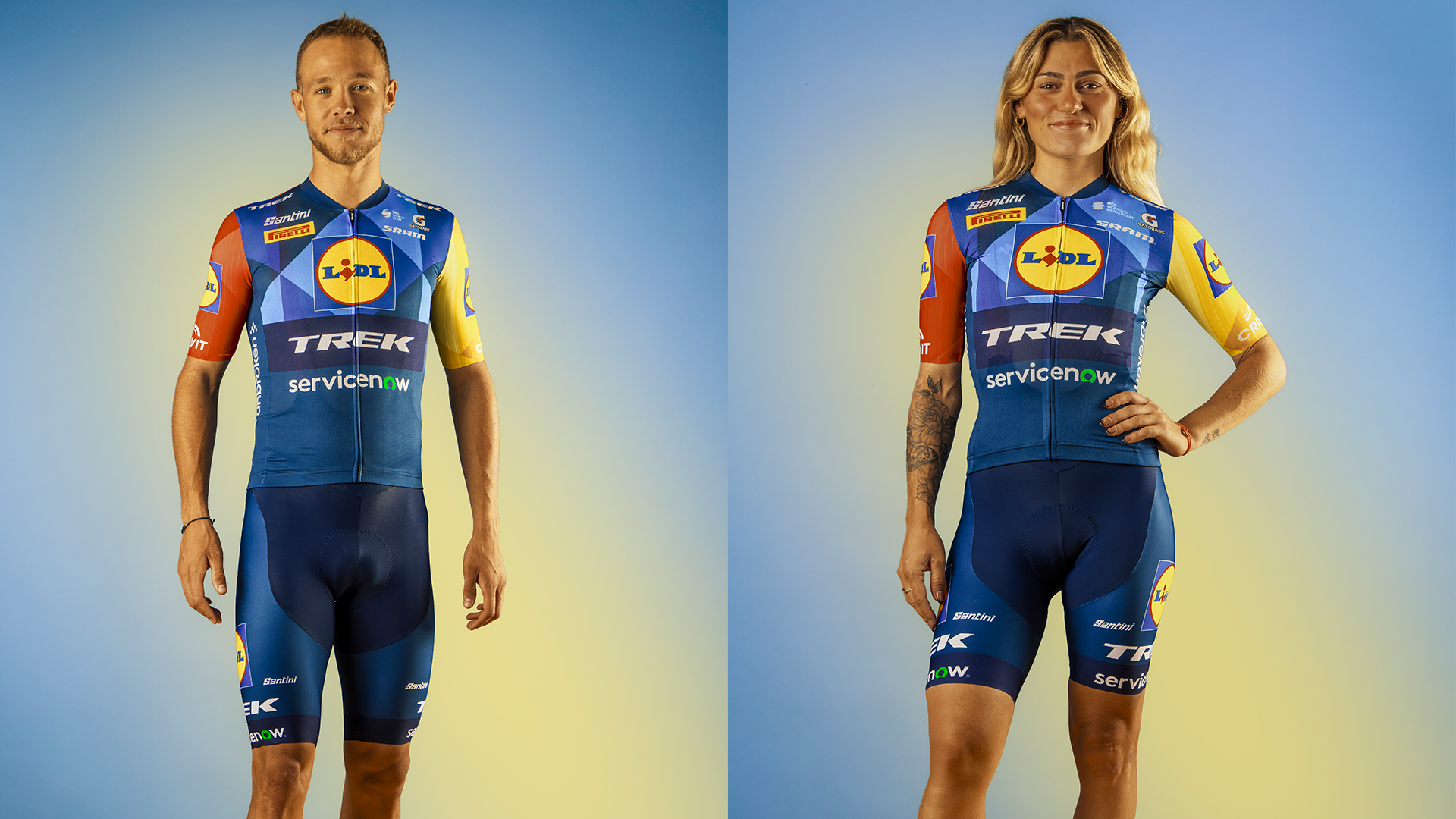Mixed equipment choices for riders in San Jose TT
Tour of California tests GC rivals on steep uphill finish
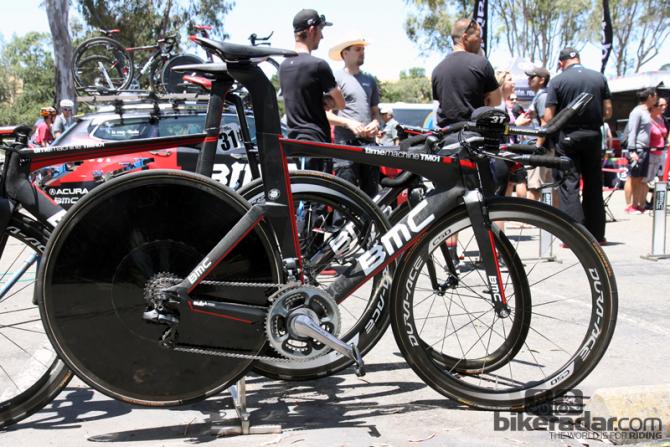
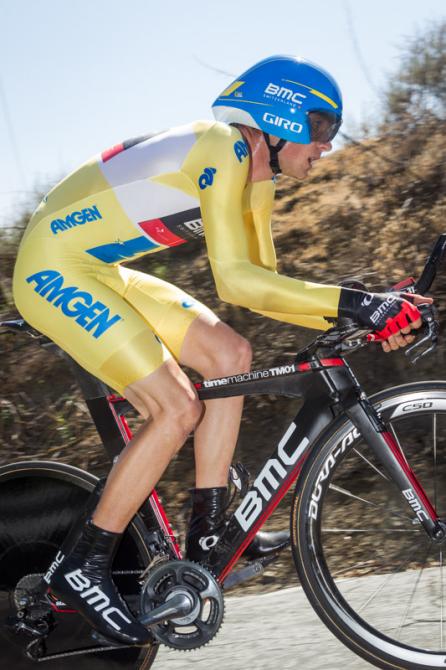
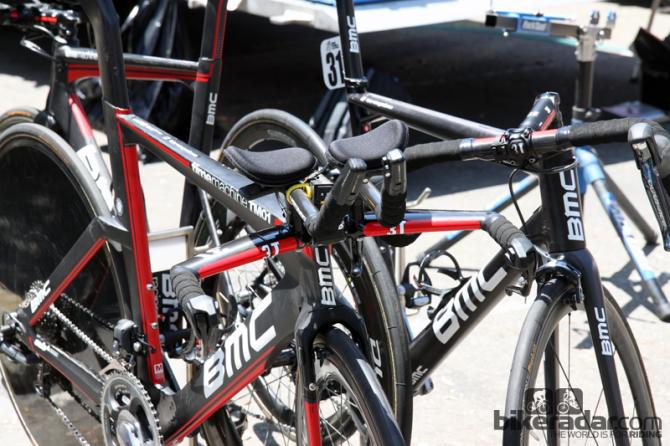
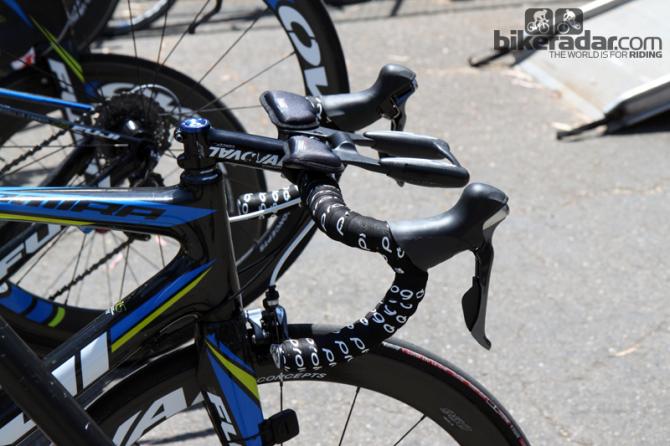
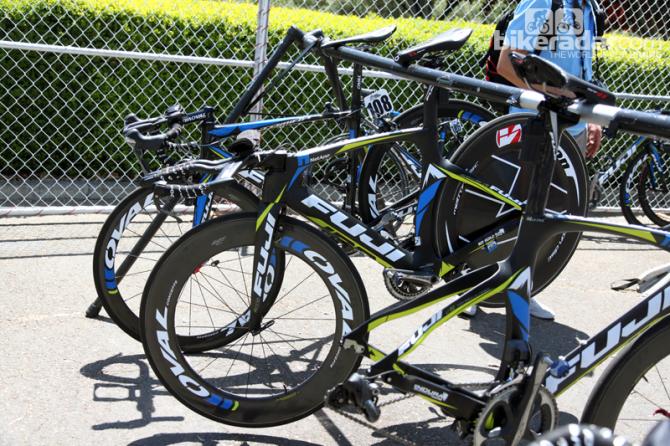
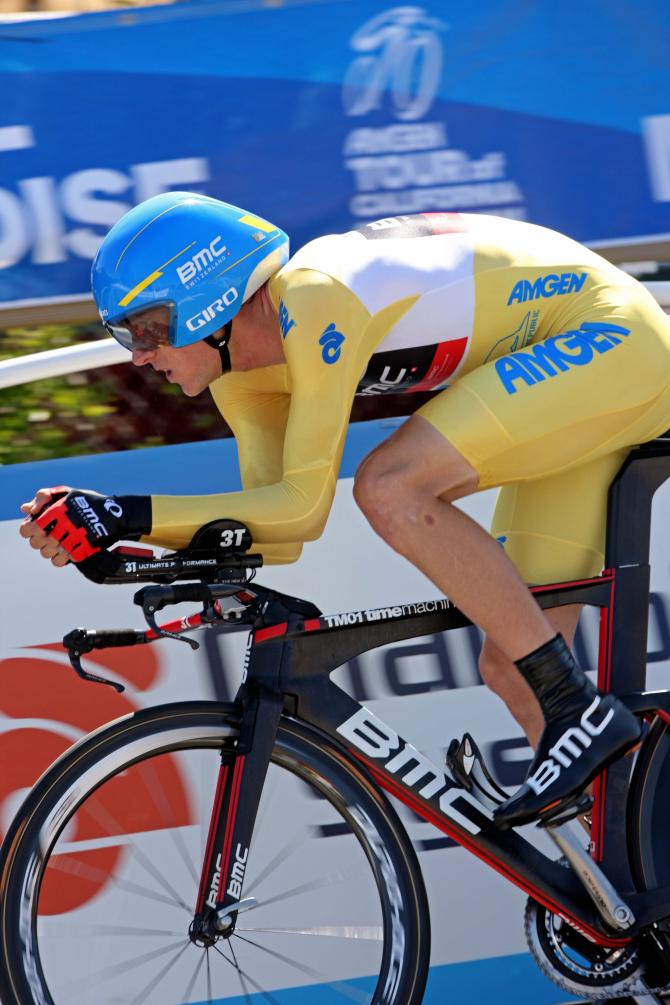
The San Jose time trial used for Stage 6 of the Tour of California led to a grab bag of equipment choices and strategies, with some riders opting to switch to a standard road bike before the last uphill pitch and others sticking with their time trial machines all the way to the top.
The 31.6km course started out like a normal race against the clock for the first 29km then climbed up a 2.7km ascent with an average 10 percent grade. Windy conditions, varying terrain and the final hill-climb provided a significant test for the riders after five days of racing. The race against the clock caused just a few changes to the top end of the general classification, but those changes were significant.
Stage winner Tejay van Garderen (BMC) increased his overall lead over Michael Rogers (Saxo-Tinkoff) by 1:05. The Australian is now 1:47 behind the race leader. Orica-GreenEdge rider Cameron Meyer moved from sixth overall to third, 2:57 behind van Garderen. Mathias Frank (BMC) climbed from seventh to fourth, now sitting 3:21 in arrears. Janier Acevedo (Jamis-Hagens Berman), who wore yellow through three stages before surrendering it to van Garderen on Thursday, dropped from third to fifth, 3:31 down. RadioShack-Leopard's Matthew Busche dropped from fourth overall to sixth, 3:33 behind the leader.
The debate at the start of the day over whether it was more advantageous to use a time trial bike for the whole course or switch to a road bike for the final climb ultimately played just a small role in deciding the final outcome.
Most of the top GC contenders chose to ride their aerodynamic time trial machines all the way to the top. The most notable exceptions were Rogers and former race leader Acevedo, who actually went through two bike changes: one because of a mechanical on his time trial machine and another to grab a road bike at the bottom of the climb. Acevedo ended up 18th on the stage, 2:41 off the winning pace.
Van Garderen, Liuewe Westra (Vacansoleil-DCM) and Rohan Dennis (Garmin-Sharp), who finished first second and third respectively, all chose to stick with their time trial bikes throughout the race. Rogers was the only rider in the top five to make the switch.
"It was a steep climb," Rogers told Cyclingnews. "I think for me maybe too steep for the time trial bike. The gearing was more suitable on the road bike. It was a perfect climb because it was steep straight away, and the speed dropped very fast. I took advantage of the speed being low and changed."
The latest race content, interviews, features, reviews and expert buying guides, direct to your inbox!
But Dennis, the 25-year-old Garmin rider, obviously disagreed with the three-time world champion in the discipline and rode all the way to the top on his aero machine.
"It's tough to stop because you get the lactate building up," he said. "And it's mentally tough to get the momentum up again. That last climb didn't feel very good. From 3km to 2 km were OK, but the next kilometre seemed to take forever. It was a bit of a head crack. I was looking down at my Garmin for what power I knew I could hold. Then it was just sell out for the last 10 minutes."
RadioShack's Busche, who finished 2:29 off the pace for 15th, also chose not to make the switch, saying he believed he would have lost even more time. Best Young Rider Lawson Craddock (Bontrager) agreed with his older compatriot.
"I don't think it would have been that much of an advantage, especially with having to stop and start again," Craddock said. "The first 1.5 km is steep, but after that it kind of shallows out, and I don't think a road bike would have been that much of an advantage."
Optum-Kelly Benefit Strategies had a mixed bag of riders who chose to make the switch and others who didn't. Alex Candelario and Chad Haga opted to go with their road bikes for the climb, while Scott Zwizanksi did not.
"I feel like I can climb as fast on the TT bike as I can on the road bike," Zwizanski said. "The time it takes to change kind of equals out the advantage I would have gotten. But Chad Haga is more comfortable on the road bike, so in a situation like that the change makes sense."
Zwizanski was briefly in the hot seat with the fastest time but ended up in 21st, 3:08 down. Haga finished nine-seconds faster and one spot better than his teammate. The decision came down to comfort for Candelario, who said most domestic pros aren't used to the longer time trials with a lot of climbing.
"I think it was worth it," he said of his bike swap. "I'm not that adept with my road bike. Most of the ProTour guys are used to doing hour-long TTs and climbing like that, but we never do this kind of effort."
Growing up in Missoula, Montana, Pat competed in his first bike race in 1985 at Flathead Lake. He studied English and journalism at the University of Oregon and has covered North American cycling extensively since 2009, as well as racing and teams in Europe and South America. Pat currently lives in the US outside of Portland, Oregon, with his imaginary dog Rusty.
